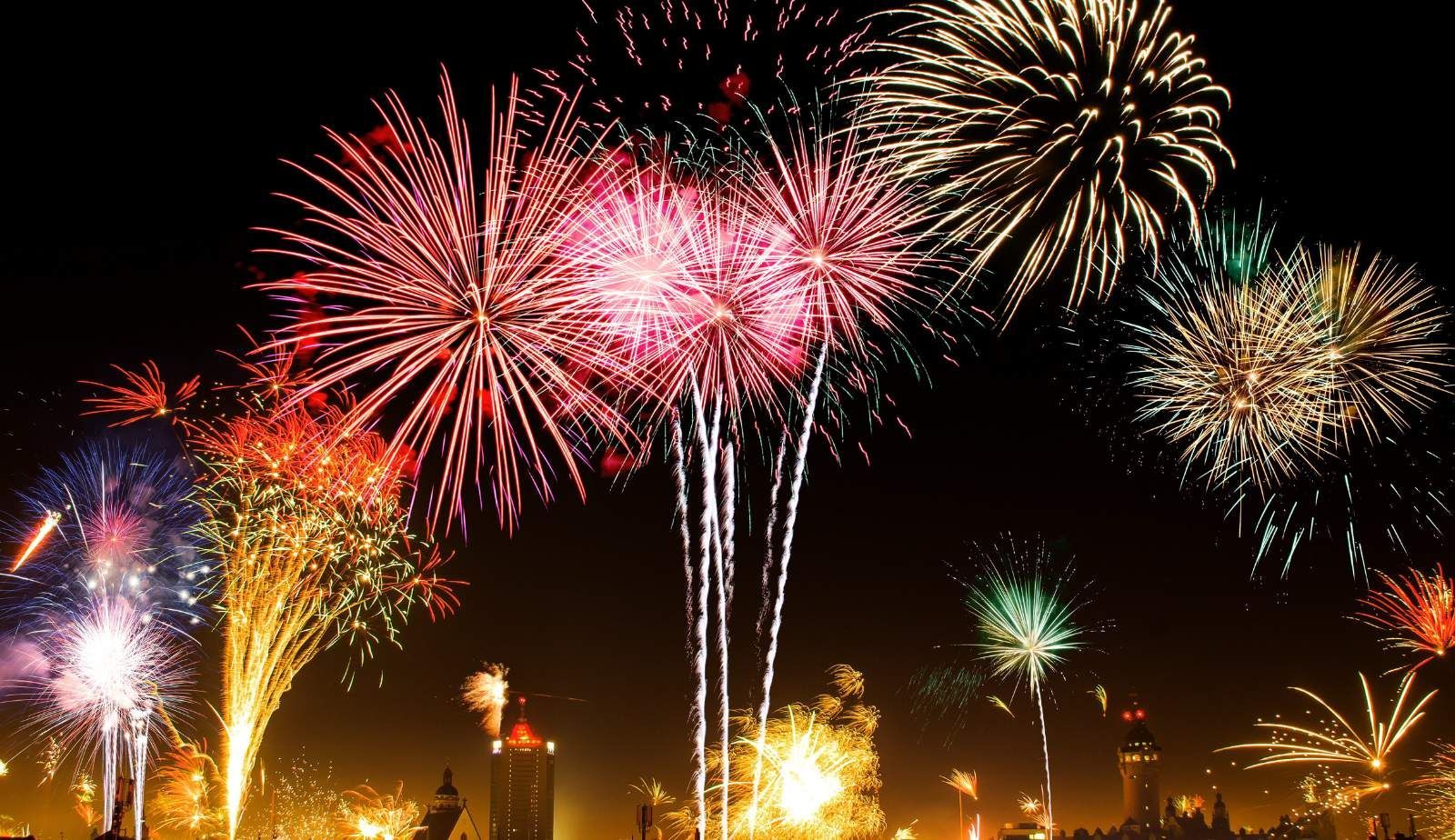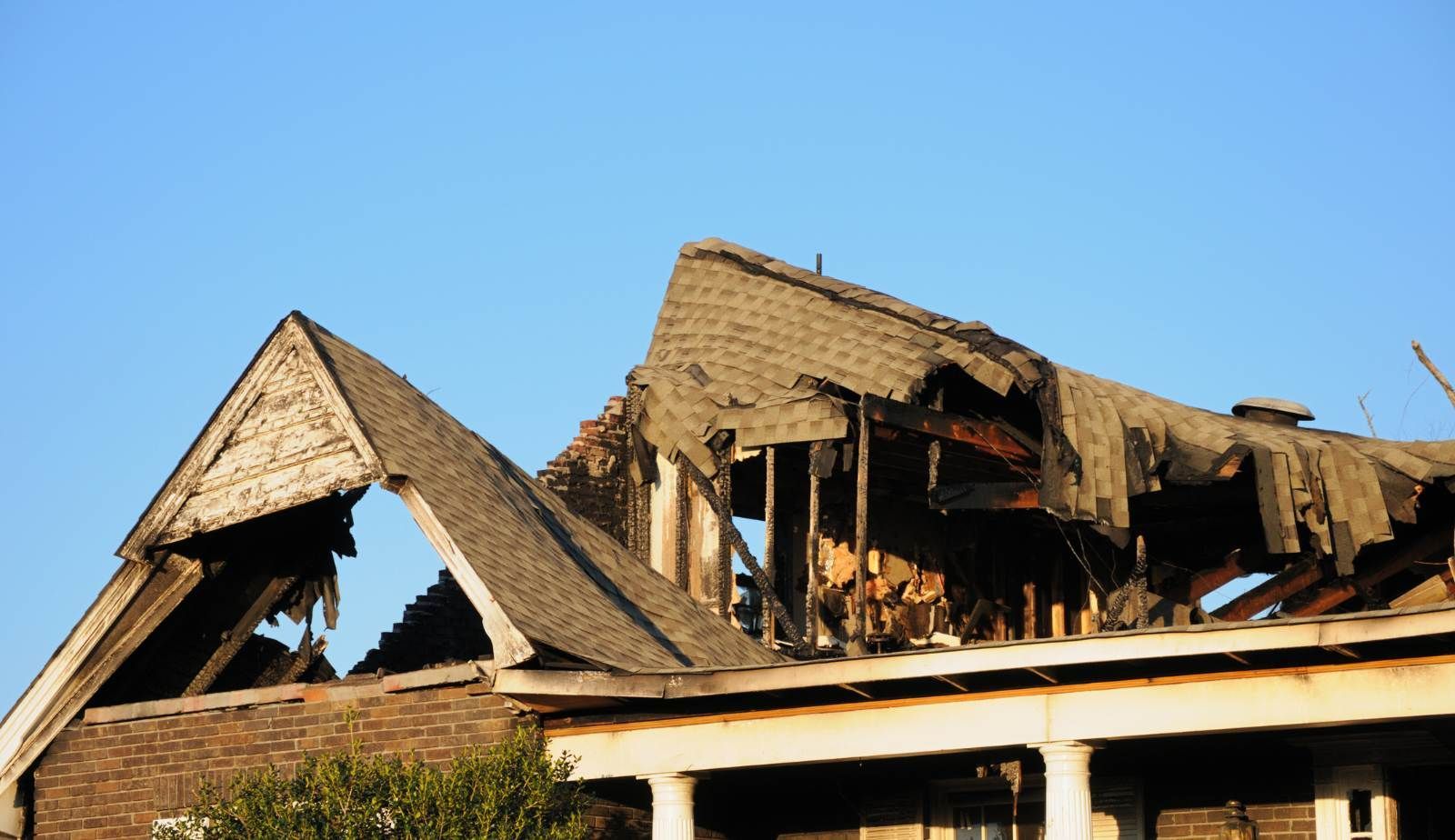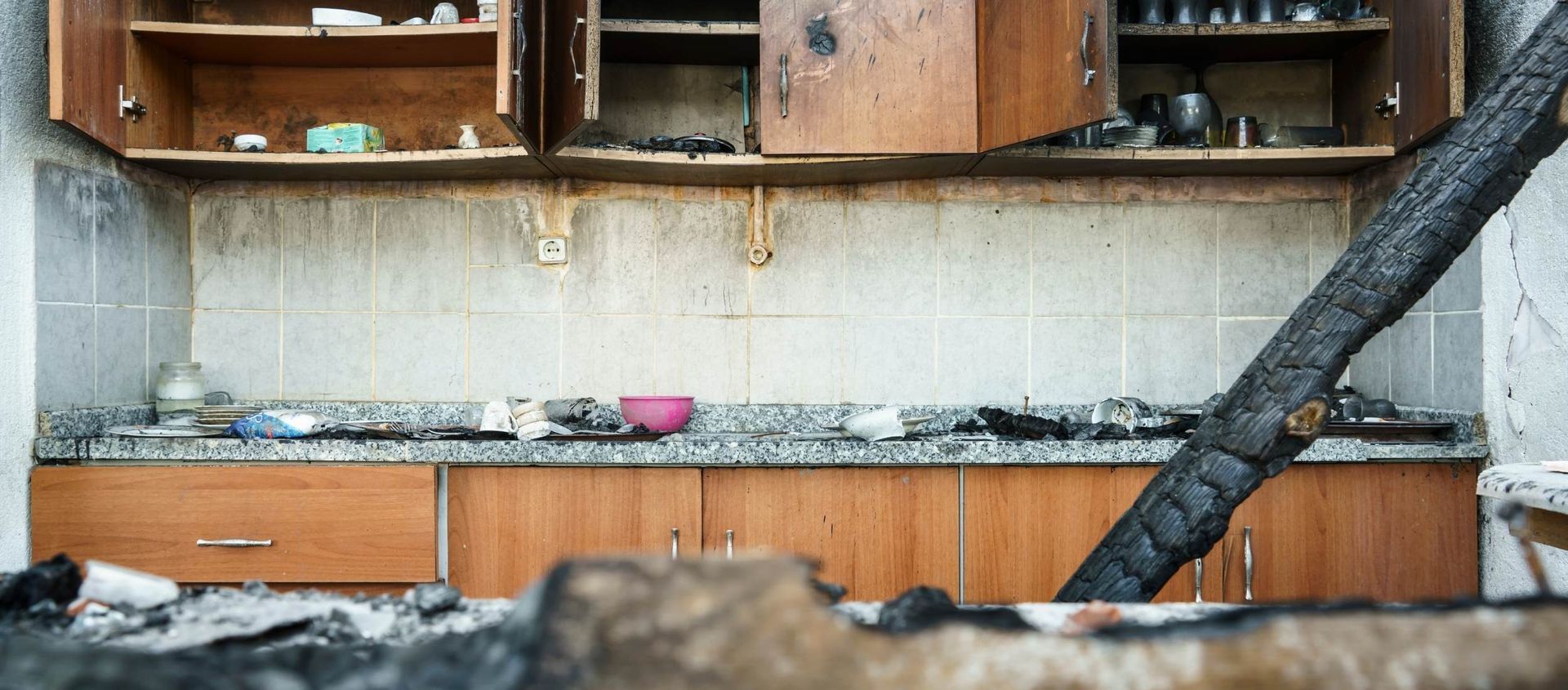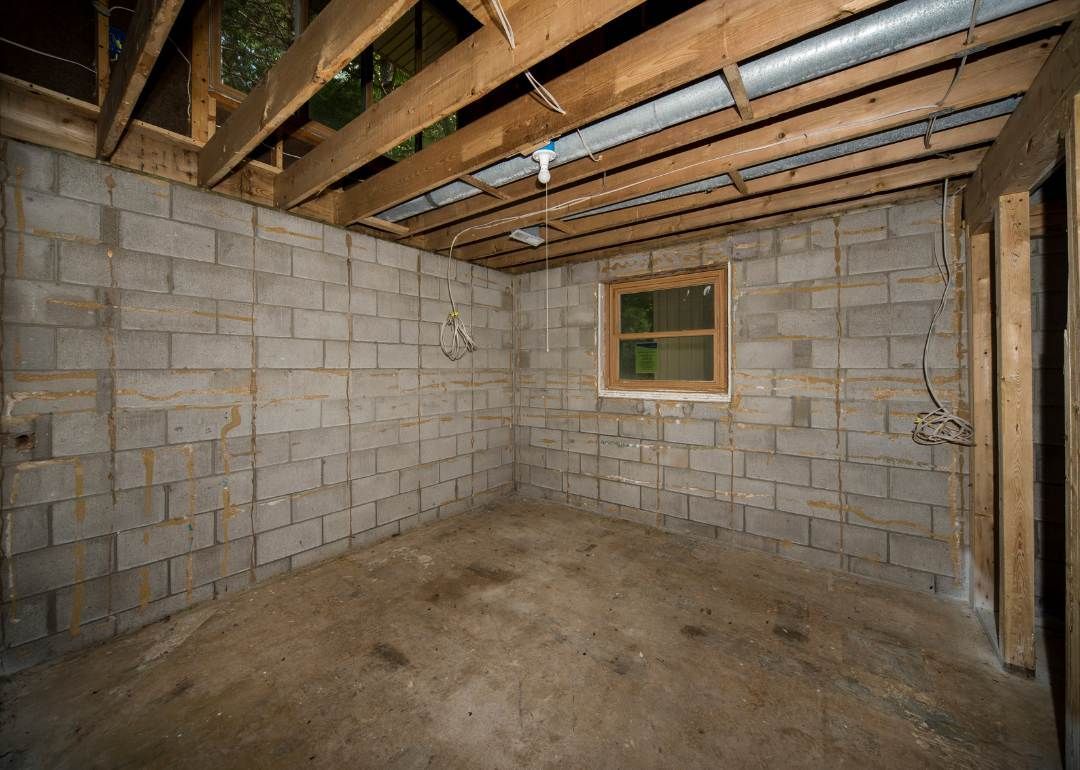New Year’s Eve Fireworks Safety in Louisiana: Essential Tips to Prevent Fire Risks
As New Year’s Eve approaches, many in Louisiana prepare to celebrate with fireworks, a time-honored tradition that lights up the night sky. However, without proper precautions, fireworks can lead to serious safety hazards, including fires and injuries. Following safety tips is essential to ensure a fun and memorable celebration without the risk of disaster.
Local authorities emphasize the importance of choosing organized public displays over personal use whenever possible. This not only enhances safety but also contributes to a community experience. For those opting to handle fireworks at home, understanding local regulations and safety guidelines can make a significant difference in preventing accidents.
Fireworks-related incidents can escalate quickly, underscoring the need for vigilance. Simple measures, such as maintaining a safe distance, using protective gear, and keeping water on hand, can greatly reduce risks. Taking the time to educate oneself and family members about safe practices is crucial for enjoying this festive occasion responsibly.
Understanding Fireworks Regulations in Louisiana
Fireworks regulations in Louisiana are designed to ensure public safety during celebrations. Understanding these regulations is essential for residents planning to engage in this festive tradition. Key aspects include adherence to the guidelines set by the State Fire Marshal and the importance of obtaining appropriate permits.
State Fire Marshal Guidelines
The Louisiana State Fire Marshal establishes comprehensive guidelines for the use and sale of fireworks. These guidelines aim to minimize fire hazards and ensure safe practices during fireworks use.
Residents are encouraged to follow these critical points:
- Use Legal Products: Only purchase and use fireworks that are legal within the state.
- Safety Precautions: Always prioritize safety by using fireworks in clear, open areas away from flammable materials.
- Supervision: Adults should supervise children at all times when fireworks are being used.
By adhering to these guidelines, individuals can help mitigate risks associated with fireworks.
Retail Permits and Illegal Sales
In Louisiana, the sale of fireworks is strictly regulated. Retail fireworks permits are essential for businesses to legally sell fireworks. These permits are issued by the Louisiana State Fire Marshal's Office, ensuring that sellers comply with safety standards.
The law prohibits the sale of fireworks without proper licensing. Illegal sales can result in:
- Fines: Penalties for vendors that violate regulations.
- Seizures: Unlicensed fireworks may be confiscated by law enforcement.
Residents should verify that any vendor possesses a valid retail fireworks permit. This helps ensure that purchases are made from legitimate sources, reducing the risk of dangerous or substandard products.

Precautions for Detonating Devices
Safety is paramount when handling fireworks, especially during celebrations like New Year's Eve. Following specific precautions can reduce risks and ensure a more enjoyable experience for everyone involved.
Lighting Devices Sequentially
When using fireworks, it is essential to light devices one at a time. This practice minimizes the risk of multiple detonations occurring simultaneously, which can lead to chaotic and potentially dangerous situations. Users should maintain a safe distance after lighting each device, typically recommended at least 20 feet, to avoid injury from unexpected explosions or debris.
Always have a designated "lighter" who is responsible for igniting the fireworks, ensuring that this person is knowledgeable about safety measures. They should use a long-reach lighter or punk to keep a safe distance from the device while lighting it.
Additionally, never relight a device that appears to have malfunctioned. Instead, wait at least 20 minutes before approaching and then soak it in water to safely dispose of it.
Proper Disposal after Use
After the celebration, proper disposal of detonated items is crucial to avoid hazards. Neighbors or passersby may mistakenly think they are still active explosives. Therefore, all used fireworks should be soaked in water before discarding them in a trash container away from flammable materials.
Any leftover or unexploded devices should be handled with extreme caution. It is advisable to contact local authorities for guidance on how to safely dispose of them.
By ensuring that all materials are thoroughly soaked and disposed of responsibly, individuals can contribute to the safety of their homes and community following the festivities.
Safety Tips for Fireworks Usage
When celebrating with fireworks, it is essential to prioritize safety. Proper distance and ember monitoring can significantly reduce fire risks during New Year’s Eve festivities. These guidelines help ensure a fun and safe experience.
Maintaining Safe Distance
Keeping a safe distance from fireworks is crucial. It is recommended to maintain a minimum distance of 200 feet from where they are being set off. This setup allows spectators to enjoy the display while minimizing the risk of injury from debris or unexpected malfunctions.
Designate a clear area where fireworks will be deployed, ensuring that there are no flammable materials or structures nearby. Using a barrier, such as cones or signs, can help keep bystanders at a safe distance. Designated observers should supervise the area to prevent unauthorized access, particularly by children and pets.
Monitoring and Controlling Embers
Monitoring embers is vital to prevent fires during fireworks displays. As fireworks explode, small debris may fall to the ground, posing a risk if they land on dry grass or other flammable materials.
After each firework is ignited, it is essential to stay alert and watch for falling embers. If any embers land in precarious locations, they should be extinguished immediately using water or a fire extinguisher. It is advisable to keep a bucket of water or a hose nearby for this purpose.
Additionally, attendees should avoid setting off fireworks in windy conditions, as wind can carry embers farther than expected, increasing fire risk. By actively monitoring these aspects, individuals can significantly reduce the danger associated with fireworks.

Avoiding Impairment During Fireworks Operation
Handling fireworks requires full attention and a clear mind. Operating fireworks while impaired by alcohol or drugs significantly increases the risk of accidents and injuries.
Key points to consider:
- Stay Sober: Never use fireworks if under the influence. Impairment can lead to poor judgment and delayed reactions.
- Designate a Responsible Operator: Assign a sober individual to oversee fireworks use. This person should be knowledgeable about fireworks safety.
- Understand Limits: Be aware of personal limits regarding alcohol and substance consumption. Clear thinking is crucial for safety.
- Create a Safe Environment: Ensure there are no distractions or potential hazards nearby when operating fireworks. A well-structured setup minimizes risks.
- Have Safety Materials Ready: Keep water, fire extinguishers, and first aid kits on hand in case of emergencies.
By adhering to these guidelines, individuals can enjoy their celebrations while maintaining a safe environment for themselves and others. Safety is a shared responsibility that requires vigilance and respect for the caution necessary when using fireworks.
Choosing the Right Location for Fireworks
Selecting an appropriate area for fireworks is crucial for ensuring safety and compliance with local regulations. Fireworks should always be used outdoors and away from buildings, vehicles, and flammable materials. Understanding the specific guidelines for East Baton Rouge Parish will help individuals enjoy their New Year’s celebrations responsibly.
Permissible Areas in East Baton Rouge Parish
In East Baton Rouge Parish, residents are required to adhere to local ordinances regarding fireworks. Fireworks can typically be used in open areas, such as parks or large backyards, but it is essential to check for any designated locations approved for fireworks use.
Users must avoid densely populated areas and need to maintain a distance from structures. Additionally, individuals should confirm local firework regulations, as certain zones may be restricted during firework-related events. Always prioritize safety by choosing clear, unobstructed spaces that minimize risks to people and property.
Professional and Public Fireworks Displays
Engaging in fireworks activities safely is essential as celebrations begin. Attending professional and public fireworks displays is the most effective way to enjoy the spectacle without the associated risks of handling explosives personally.
Attending Organized Fireworks Events
Attending organized fireworks events ensures safety while enjoying spectacular displays. These events are conducted by licensed professionals who follow strict safety regulations.
Participants should maintain a safe distance from the launch site, typically marked by barriers or fencing. It is crucial to respect these boundaries to avoid injury.
Additionally, observing local weather conditions can enhance safety. High winds or dry conditions may pose risks, leading to officials postponing or canceling events.
Guests should also follow guidance from event officials and law enforcement to ensure a safe environment. Choosing public events not only reduces personal risk but also supports community traditions.
Fireworks Safety and Emergency Preparedness
Fireworks can enhance New Year's celebrations, but they also come with risks. Being prepared and knowledgeable about handling potential injuries is essential. Understanding first aid and knowing how to contact emergency services can save lives.
First Aid for Fireworks-Related Injuries
Injuries from fireworks can range from minor burns to severe trauma. It is vital to assess the situation promptly. For minor burns, cool the burn under running water for at least 10 minutes. Cover it with a sterile bandage.
For more serious injuries, such as those involving hands or eyes, seek professional help immediately. Do not remove any charred clothing from the wound, and avoid applying ice directly, which may worsen damage. Instead, wrap any severe burn with a clean cloth and keep the person calm and still until emergency services arrive.
Families should have a basic first aid kit handy, containing items like sterile gauze, antiseptic wipes, and burn gel. Encouraging awareness of first aid can make a significant difference during emergencies.
Emergency Services Contact Information
Knowing how to reach emergency services can be crucial in a crisis. In Louisiana, the universal emergency number is 911. Individuals should keep this number readily accessible on their phones or written in an easily visible location.
For non-emergency situations, local health departments may have additional resources. Residents can visit local hospital websites for the nearest emergency room or urgent care facility. Keeping a list of contacts for nearby hospitals and poison control centers is also advisable for thorough preparedness.
Staying informed and ready to act can ensure a safer New Year's Eve celebration. Knowing the basics of first aid and having emergency contacts at hand provide peace of mind when enjoying fireworks.

Frequently Asked Questions
This section addresses common inquiries regarding fireworks safety in Louisiana during New Year’s Eve. The information provided here covers essential guidelines, legal requirements, preparation tips, and more to ensure a safe celebration.
What are the essential safety guidelines for handling fireworks on New Year’s Eve?
When handling fireworks, it is crucial to follow specific safety guidelines. Always keep water or a fire extinguisher nearby. Use fireworks outdoors in a clear area away from flammable materials. Never relight malfunctioning fireworks and ensure that children maintain a safe distance.
What are the legal age requirements for purchasing and using fireworks in Louisiana?
In Louisiana, individuals must be at least 18 years old to purchase fireworks legally. While those younger than 18 may use fireworks, they should always be supervised by an adult. It is important to check local regulations, as some areas may have additional restrictions.
How can you prepare a safe environment for setting off fireworks during New Year celebrations?
To prepare a safe environment, select a spacious outdoor area away from homes, vehicles, and dry vegetation. Clear the area of any potential hazards and establish a safety perimeter to keep spectators at a safe distance. Ensure access to water or an extinguisher for emergency situations.
What steps should be taken in case of an injury caused by fireworks?
In the event of a fireworks injury, the first step is to assess the severity of the injury. For minor injuries, cool the area and apply a sterile bandage. For severe injuries, seek medical attention immediately. It is critical to remain calm and provide accurate information to emergency responders.
What types of fireworks are legal to use for private celebrations in Louisiana?
In Louisiana, legal fireworks for private use include fireworks that have been approved by the state fire marshal. Common types include firecrackers, fountains, and sparklers. Certain larger aerial devices are restricted and should only be used during public displays.
How can you safely dispose of unused or malfunctioning fireworks?
Unused or malfunctioning fireworks should be soaked in water overnight to ensure they are completely inert. After soaking, they can be placed in a plastic bag and disposed of with regular household waste. Never throw them in a fire or discard them in a manner that could create a hazard.
You might also like
DryMax Restoration Blogs




